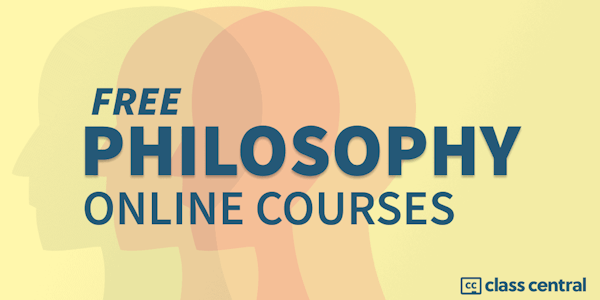Overview
Want to solve a murder mystery? What caused your computer to fail? Who can you trust in your everyday life? In this course, you will learn how to analyze and assess five common forms of inductive arguments: generalizations from samples, applications of generalizations, inference to the best explanation, arguments from analogy, and causal reasoning. The course closes by showing how you can use probability to help make decisions of all sorts.
Suggested Readings
Students who want more detailed explanations or additional exercises or who want to explore these topics in more depth should consult Understanding Arguments: An Introduction to Informal Logic, Ninth Edition, Concise, Chapters 8-12, by Walter Sinnott-Armstrong and Robert Fogelin.
Course Format
Each week will be divided into multiple video segments that can be viewed separately or in groups. There will be short ungraded quizzes after each segment (to check comprehension) and a longer graded quiz at the end of the course.
Syllabus
- Welcome to the Course
- Welcome to Think Again: How to Reason Inductively! This course is the third in the specialization Introduction to Logic and Critical Thinking, based on our original Coursera course titled Think Again: How to Reason and Argue. We are excited that you are taking this course, and we hope that you will take all four courses in the series, because there is a great deal of important material to learn. In the series as a whole, you learn how to analyze and evaluate arguments and how to avoid common mistakes in reasoning. These important skills will be useful to you in deciding what to believe and what to do in all areas of your life. The first part of this course introduces the series and the course. It also clarifies some peculiarities you may find with this course. We encourage you to watch the "Introduction to the Specialization" video first as it will help you learn more from the materials that come later.
- Inductive Arguments
- This module begins by distinguishing inductive arguments from deductive arguments. Then we discuss four common forms of inductive argument: generalizations from samples (such as in political polls), applications of generalizations to particular cases (such as in predicting weather on a certain day), inferences to the best explanation (such as in using evidence to determine who committed a crime), and arguments from analogy (such as in identifying the use of one archaeological artifact by comparing it to other artifacts). We will expose the most common mistakes in these kinds of reasoning. Some of the "lectures" this module are a bit experimental (and perhaps weird!), as you will see. We hope that you enjoy them. If you want more examples or more detailed discussions of these kinds of inductive arguments, we recommend Understanding Arguments, Ninth Edition, Chapters 8 and 9.
- Causal Reasoning
- This module will focus on how to decide what causes what. Students will learn how to distinguish necessary conditions from sufficient conditions and how to use data to test hypotheses about what is and what is not a necessary condition or a sufficient condition. Then we will distinguish causation from correlation (or concomitant variation) and explain the fallacy of post hoc ergo propter hoc. It is sad that some diners had to die to make this lesson possible, as you will see.If you want more examples or more detailed discussions of these topics, we recommend Understanding Arguments, Ninth Edition, Chapter 10.
- Chance and Choice
- This module will cover chance and choice—in other words, probability and decision making. Probability is useful for measuring the strength of inductive arguments and also for deciding what to believe and what to do. You will learn about the nature and kinds of probability along with four simple rules for calculating probabilities. An optional honors lecture will then explain Bayes’ theorem and the common mistake of overlooking the base rate. Next we will use probabilities to evaluate decisions by figuring their expected financial value and contrasting financial value with overall value. If you want more examples or more detailed discussions of these topics, we recommend Understanding Arguments, Ninth Edition, Chapters 11 and 12
- Catch-Up and Final Quiz
- This module gives you time to catch up and review, because we realize that the previous modules include a great deal of challenging material. It will also be provide enough time to take the final quiz as often as you want, with different questions each time. We explain the answers in each exam so that you can learn more and do better when you try the exam again. You may take the quiz as many times as you want in order to learn more and do better, with different questions each time. You will be able to retake the quiz three times every eight hours. You might not need to take more than one version of the exam if you do well enough on your first try. That is up to you. However many versions you take, we hope that all of the exams will provide additional learning experiences.
Taught by
Walter Sinnott-Armstrong and Ram Neta
Tags
Reviews
5.0 rating, based on 1 Class Central review
4.7 rating at Coursera based on 362 ratings
Showing Class Central Sort
-
What I learned from this course is that philosophy can be applied to our daily life and professional work.
Through humorous presentations, Professor Armstrong introduced different types of inductive arguments such as causation and decision making. Although they are not a panacea for every problems I encounter, the materials on this course certainly help me to think clearly and hopeful to make better decisions. I would recommend this course for anyone who want to improve their thinking.
Looking forward to taking Think Again IV.





